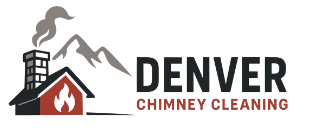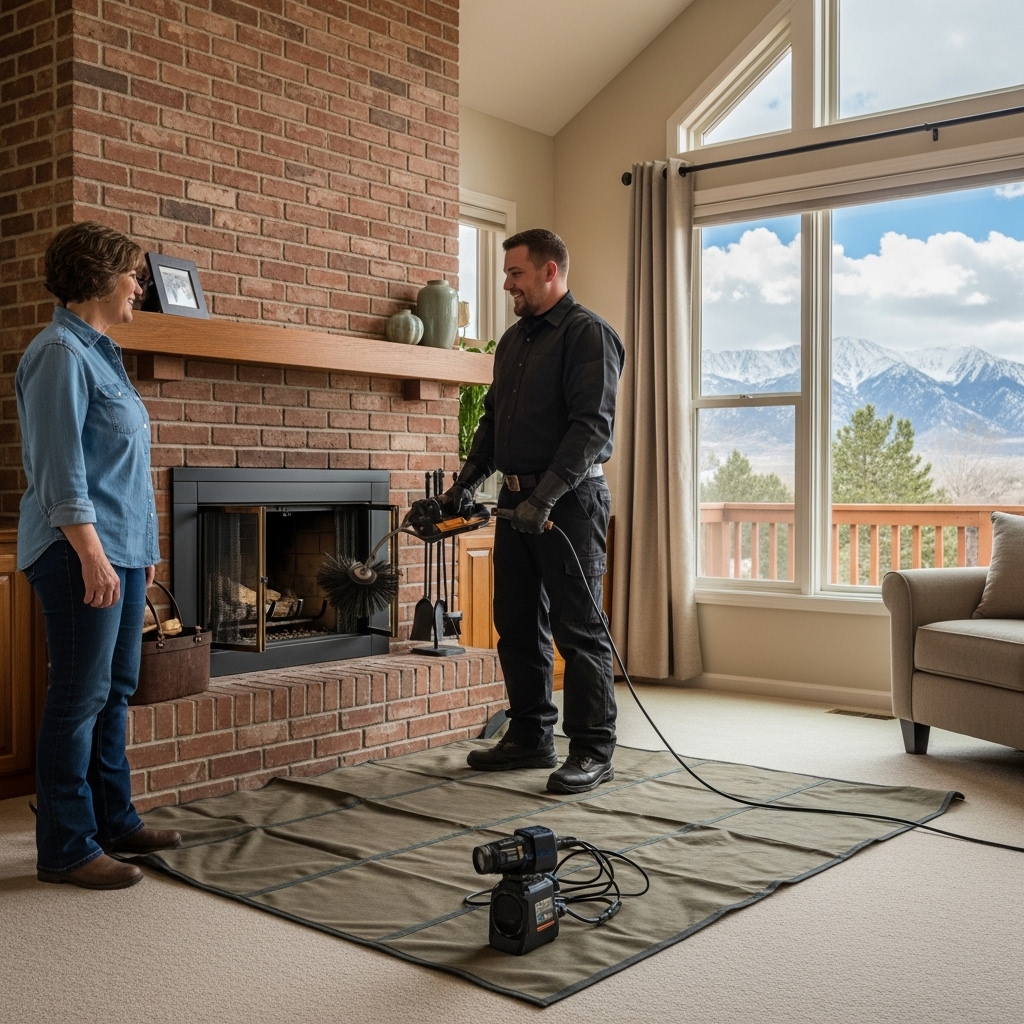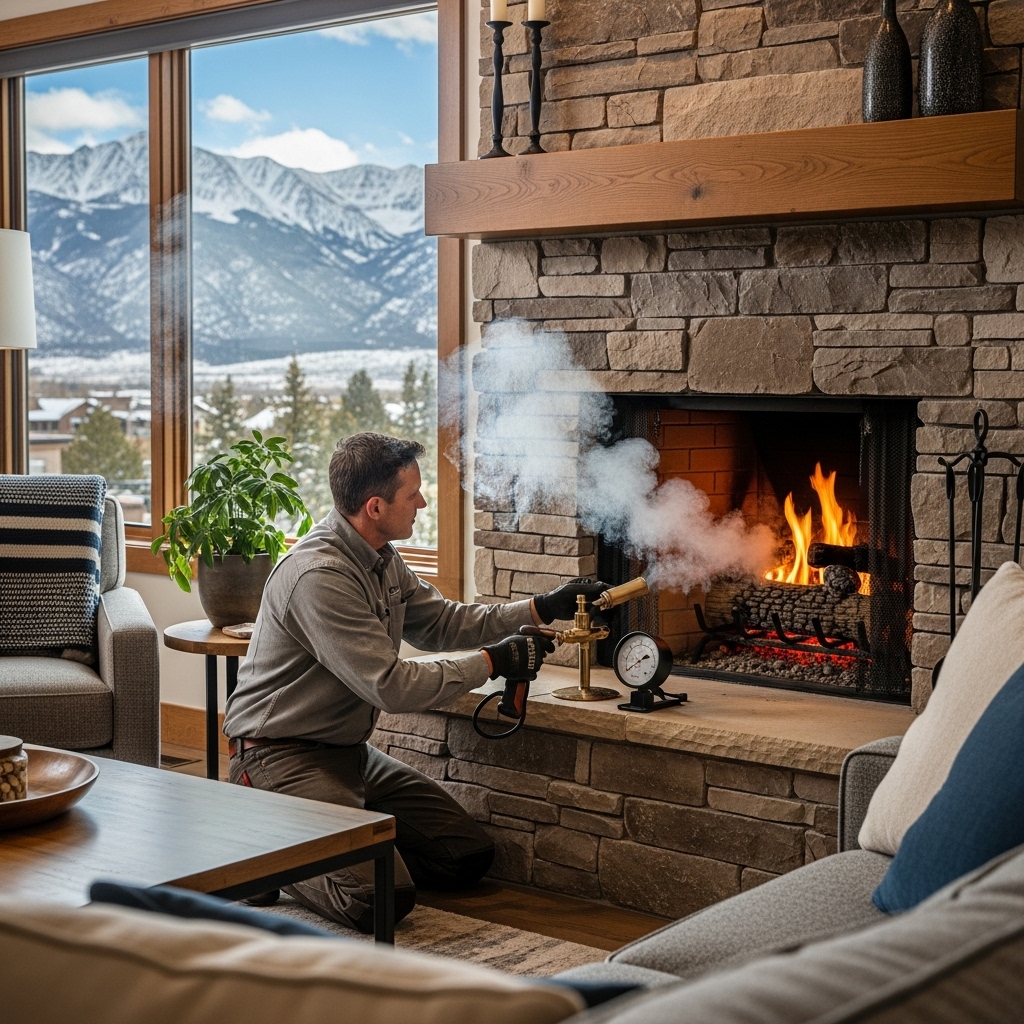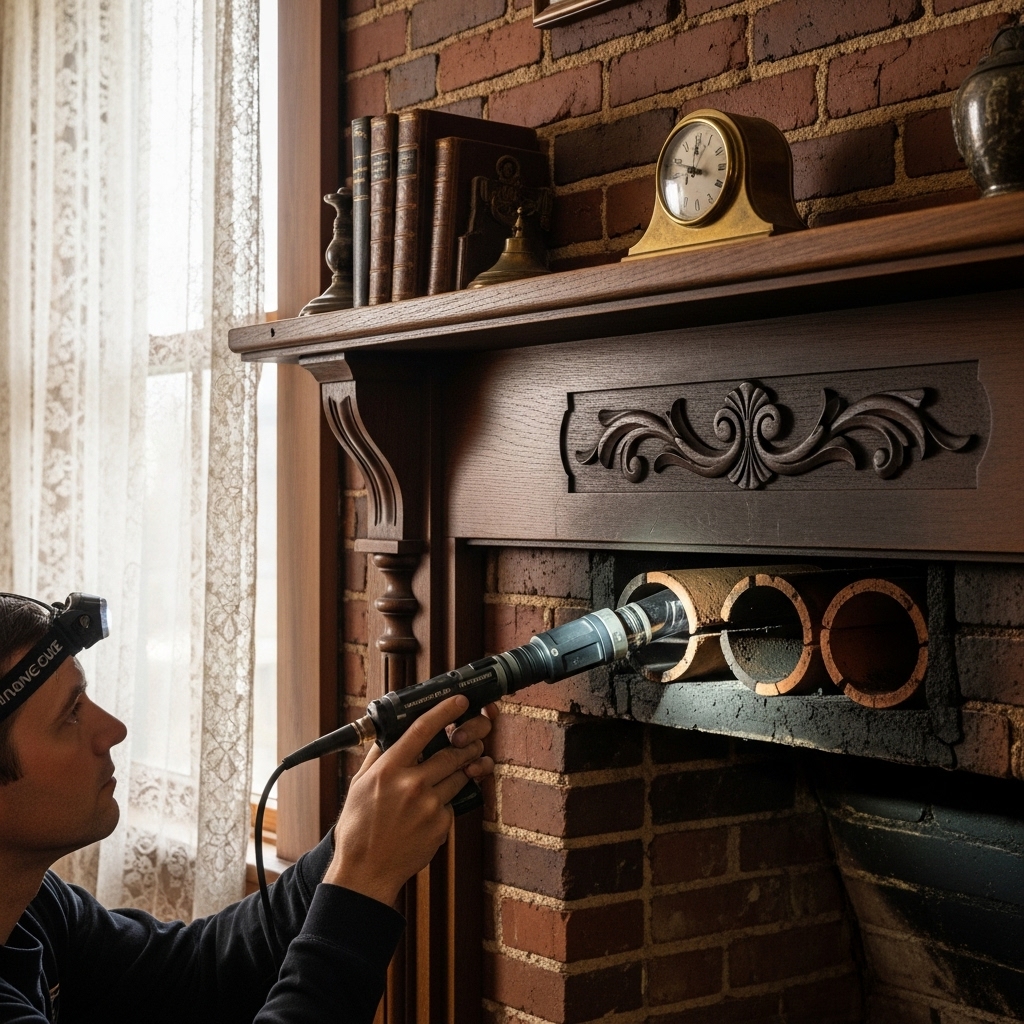Searching for a trusted professional in Denver can feel overwhelming, especially when your home’s safety and comfort are on the line. When you look for a chimney sweep near you in Denver, Colorado, you are choosing a partner who will help protect your home from fire hazards, improve heating performance, and extend the life of your chimney system. The right choice comes down to credentials, experience, communication, and a clear plan for ongoing maintenance. This guide walks you through exactly how to evaluate local providers, what to ask, and how to prepare for a successful appointment in the Mile High City.
Why choosing the right local pro matters
Denver homes face a unique mix of conditions: dry air, large temperature swings, heavy sunshine, and winter storms. These factors impact masonry, metal components, and fuel-burning appliances connected to your chimney. A reputable local expert understands how altitude affects draft, how snow and wind challenge caps and crowns, and how seasonal use patterns create soot and creosote. When you select a qualified pro, you reduce fire risk, prevent smoke rollout, and keep carbon monoxide from entering living spaces. You also gain a clearer picture of maintenance needs so you can plan ahead with confidence.
Essential qualifications to verify
Before scheduling anyone, verify that the company carries appropriate insurance to protect your property and their team. Ask about formal training, ongoing education, and the methods they use to remove soot and creosote. Reputable providers explain the difference between routine cleaning and the inspection levels often associated with property sales, appliance upgrades, or structural concerns. A strong Denver provider also understands local codes, historic fireplace nuances in older neighborhoods, and the varied materials used in modern builds across the metro area.
Experience with your fuel and system type
Not all chimneys are the same. Some serve open wood-burning fireplaces, others vent wood stoves, gas inserts, pellet appliances, or even venting systems tied to furnaces and water heaters. A dependable professional can describe how each system is swept, what components must be checked, and what symptoms suggest underlying issues. Whether you live in a brick bungalow in Wash Park, a condo downtown with a factory-built unit, or a foothills home with high winds, choose someone who has first-hand experience with your type of setup.
What a professional visit should include
A well-run appointment starts with careful floor protection and housekeeping measures, followed by a methodical sweep using brushes or rotary tools matched to the flue. The technician checks clearances, visible portions of liners, accessible connectors, and the firebox. For many homes, a camera inspection is helpful to evaluate liner condition, look for offsets, or spot defects that are not visible from the appliance opening. Expect a written summary explaining findings in plain language, with photos when possible. Clarity after the visit is as important as the work itself.
How to read reviews the smart way
Online feedback is helpful, but it is not the whole story. Look past star ratings to see how companies respond to concerns, how they explain recommendations, and how consistently they communicate. A long track record with detailed, thoughtful responses is often a better indicator than a short list of perfect scores. Pay attention to references to cleanliness, punctuality, and education. The best companies empower homeowners with actionable guidance, not just quick visits.
Key questions to ask before you book
- What training and certifications do your technicians maintain, and how often do they refresh skills?
- What is your process for protecting floors, furniture, and indoor air quality during a visit?
- Do you provide photos or written documentation after the work is completed?
- How do you handle difficult access, steep roofs, or tall flues common in Denver homes?
- What inspection level do you recommend for my situation, and why?
- How do you manage findings that go beyond routine sweeping, such as animal issues or visible damage?
Red flags that suggest you should keep looking
Be cautious if a provider gives vague answers about methods and safety measures, cannot explain what happens during the appointment, or pressures you into decisions without documentation. Another warning sign is reluctance to discuss limitations—ethical pros will tell you exactly what they can and cannot see without additional tools or access. Finally, be wary of anyone who dismisses the importance of inspections or regular maintenance, or who seems unfamiliar with altitude-related draft concerns.
Scheduling and seasonal timing in Denver
Many homeowners prefer to schedule service before the first cold snap, but a smart approach is to plan earlier or after peak season. Spring and summer visits allow time to make improvements long before heavy use. If you burn frequently through the winter, consider mid-season maintenance to keep deposits in check. The ideal cadence for your home depends on fuel type, appliance efficiency, and how often you use your system.
Middle-of-the-road guidance to keep you safe
Mid-season is a great time to reassess performance, draft, and signs of buildup. If you notice stronger smoke smells, staining around the fireplace, or new noises from the cap, it is time to check in with a pro. For homeowners comparing providers, focus on clarity and documentation above all else. A straightforward company will outline steps, explain findings, and help you plan next actions. If you need a reliable starting point, many Denver residents begin their search with a trusted chimney sweep that other locals recommend for thorough work and clear communication.
Understanding materials and components
Masonry chimneys face freeze-thaw cycles that can enlarge cracks and compromise mortar. Factory-built systems have specific clearances and components that must remain intact to ensure safe operation. Caps, crowns, dampers, liners, thimbles, and connectors all play roles in carrying byproducts safely outdoors. A careful pro explains how these pieces fit together, what common problems look like, and how to monitor them between appointments.
Homeowner preparation checklist
- Clear a wide path from the entry to your hearth or appliance, moving delicate items out of the way.
- Do not burn for at least 24 hours before the visit so embers are fully cool.
- Secure pets and plan for a short period of door opening and equipment movement.
- List any odors, smoke patterns, or draft changes you have noticed.
- Share the age of your appliance, any recent upgrades, and past maintenance history.
Aftercare: keeping your system at its best
Once your chimney is clean and inspected, small habits have a big impact. Burn seasoned wood and avoid trash or painted lumber. Open the damper fully, confirm adequate make-up air, and keep the area around the hearth clear. Watch for changes: unusual soot patterns, white efflorescence on masonry, or water marks near the firebox or ceiling. Addressing minor issues early prevents larger repairs and keeps your system performing smoothly.
How often should Denver homeowners schedule maintenance?
Regular attention is the backbone of safe, efficient operation. Frequency depends on usage. Occasional entertainers who light fires a few times a year will have different needs than daily wood-stove users. The right partner will help you choose a cadence based on your home’s patterns and the appliances involved. Keep a record of each visit, including photos and recommendations, to track progress over time.
Safety and indoor air quality
Beyond the risk of fire, combustion byproducts can impact the air you breathe. Proper draft ensures that smoke, moisture, and gases move outside. A conscientious pro watches for conditions that interfere with airflow, including competing exhaust fans, tightly sealed homes, or structural obstructions. They may recommend adjustments to improve performance, from cap upgrades to air supply considerations that align with your home’s ventilation strategy.
Communication that builds trust
Great service is about more than tools and ladders. It is a conversation. Expect technicians to answer questions in plain language, explain what they are doing, and invite you to see photos or live camera views where appropriate. The final report should tell you what was done, what was found, and what should happen next. This transparency helps you make informed decisions and sets clear expectations for future visits.
What to know about wildlife and weather
Along the Front Range, birds, raccoons, and other wildlife sometimes explore chimneys. Caps with intact screening make a huge difference. Hail, wind, and sun exposure can loosen components and prematurely age materials. After major weather events, a quick visual check from the ground can alert you to obvious problems, such as a missing cap or visible damage. If something looks off, bring it up during your next appointment.
Common myths to ignore
- “I barely burn, so I never need maintenance.” Even occasional use can leave deposits, and masonry still ages with weather.
- “Gas appliances never require attention.” Gas produces moisture and can leave deposits; connections and liners still need oversight.
- “If it looks clean, it is clean.” Hidden flue sections and liners can hold deposits that only the right tools can reveal.
Frequently asked questions
How long does a typical appointment take? The time varies with access, appliance type, and whether a camera inspection is included. A clear plan and good preparation help streamline the visit.
Will the process be messy? Reputable companies use containment methods, protective coverings, and HEPA filtration to manage dust. Your living space should be left as clean as or cleaner than before.
How do I know what inspection level I need? The right level depends on your situation. Routine annual attention differs from evaluations after a weather event, property sale, or system change. A trusted pro will explain the rationale.
Can you tell if my home has adequate draft? Technicians evaluate indicators such as smoke movement, staining, and camera findings. They may suggest adjustments to support consistent airflow.
Do gas fireplaces need sweeping? Yes. While deposits differ from wood-burning appliances, gas systems benefit from professional attention to ensure safe venting and efficient performance.
Putting it all together
Choosing a local expert is simpler when you know what to look for: training, documentation, integrity, and an approach tailored to Denver’s climate and building styles. Prioritize clear communication and ask for a written summary after each visit. Keep records, follow seasonal tips, and stay proactive about minor changes in performance or appearance.
Ready for reliable help in Denver?
If you are ready for safer fires, better performance, and fewer surprises, reach out to a trusted local professional and schedule a visit. For many homeowners, the first step is to connect with a dependable chimney sweep who understands Denver homes and communicates clearly from start to finish. Take the next step today and give your fireplace or stove the attention it deserves.




